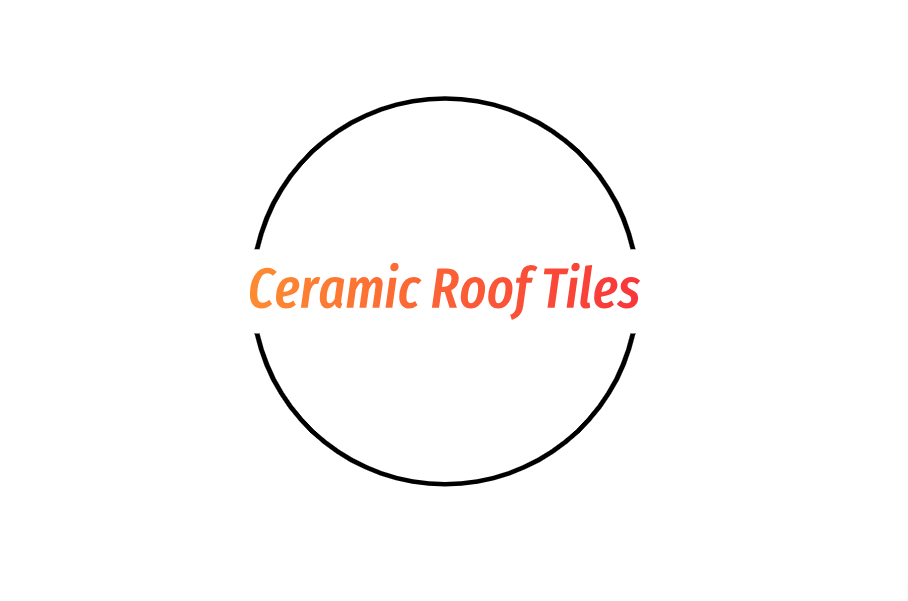Ceramic roof tiles are becoming popular in india

In the realm of architecture and design, the roof is often considered the crowning glory of a structure, symbolizing both shelter and style. Among the myriad materials available for roofing, ceramic roof tiles stand out for their unique blend of durability, sustainability, and aesthetic appeal. From ancient civilizations to modern-day eco-conscious builders, ceramic tiles have stood the test of time, offering a timeless solution for roofing needs.
Ceramic roof tiles trace their origins back thousands of years, with early examples found in ancient China and the Mediterranean region. Crafted from natural clay and minerals, these tiles were initially formed by hand and fired in kilns to achieve their distinctive shapes and finishes. Over the centuries, advancements in technology and manufacturing processes have refined the production of ceramic tiles, making them more resilient and versatile than ever before.
One of the key advantages of ceramic roof tiles lies in their exceptional durability. Unlike some other roofing materials that may deteriorate over time, ceramic tiles are renowned for their longevity, often lasting for decades or even centuries with minimal maintenance. Their inherent resistance to harsh weather conditions, including rain, wind, and UV exposure, ensures that they can withstand the elements without losing their structural integrity or aesthetic appeal. This durability not only contributes to the long-term sustainability of buildings but also reduces the need for frequent repairs or replacements, thus lowering overall maintenance costs.
Moreover, ceramic roof tiles offer significant environmental benefits, making them a preferred choice for eco-conscious builders and homeowners. Made from natural materials such as clay and sand, ceramic tiles are inherently sustainable and have a minimal impact on the environment compared to synthetic alternatives. Additionally, their longevity means fewer resources are consumed over the lifespan of a building, further reducing its carbon footprint. At the end of their life cycle, ceramic tiles can often be recycled or repurposed, adding to their eco-friendly credentials.
Beyond their practical benefits, ceramic roof tiles are prized for their aesthetic appeal and design versatility. Available in a wide range of shapes, colors, and textures, they offer architects and homeowners ample opportunities for creative expression. Whether emulating the rustic charm of traditional terracotta tiles or achieving a sleek, modern look with glazed finishes, ceramic tiles can complement any architectural style or aesthetic preference. Their ability to enhance the visual appeal of a building while providing reliable protection against the elements makes them a popular choice for residential, commercial, and institutional projects alike.
In addition to their visual appeal, ceramic roof tiles also offer functional advantages that contribute to the overall efficiency and comfort of a building. Their thermal mass properties help regulate indoor temperatures by absorbing and releasing heat slowly, reducing the need for excessive heating or cooling. This natural insulation can lead to energy savings and improved comfort levels year-round, making ceramic tiles a sustainable choice for buildings seeking to minimize their environmental impact.
- Art
- Causes
- Crafts
- Dance
- Drinks
- Film
- Fitness
- Food
- Spiele
- Gardening
- Health
- Startseite
- Literature
- Music
- Networking
- Andere
- Party
- Religion
- Shopping
- Sports
- Theater
- Wellness
- IT, Cloud, Software and Technology


